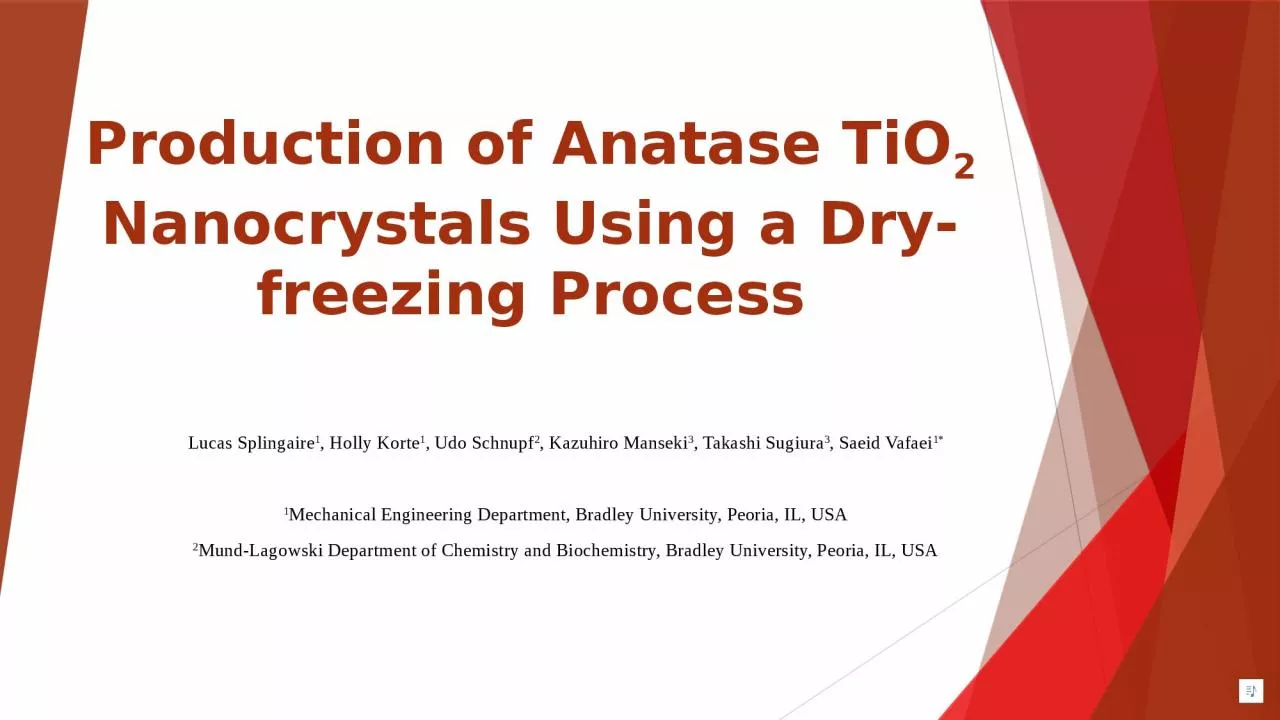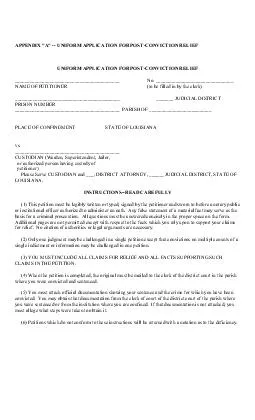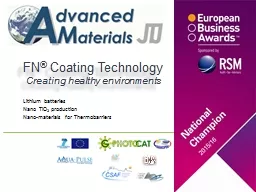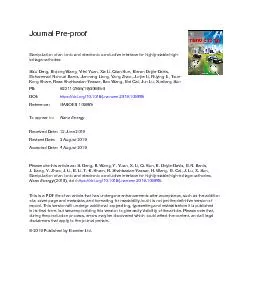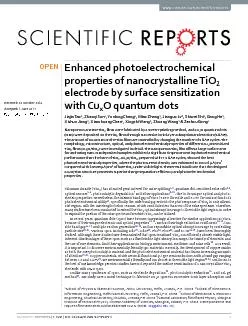PPT-Production of Anatase TiO
Author : elise | Published Date : 2023-09-25
2 Nanocrystals Using a Dryfreezing Process Lucas Splingaire 1 Holly Korte 1 Udo Schnupf 2 Kazuhiro Manseki 3 Takashi Sugiura 3 Saeid Vafaei 1 1 Mechanical
Presentation Embed Code
Download Presentation
Download Presentation The PPT/PDF document "Production of Anatase TiO" is the property of its rightful owner. Permission is granted to download and print the materials on this website for personal, non-commercial use only, and to display it on your personal computer provided you do not modify the materials and that you retain all copyright notices contained in the materials. By downloading content from our website, you accept the terms of this agreement.
Production of Anatase TiO: Transcript
Download Rules Of Document
"Production of Anatase TiO"The content belongs to its owner. You may download and print it for personal use, without modification, and keep all copyright notices. By downloading, you agree to these terms.
Related Documents

